Myanmar faces economic stagnation as rising armed conflict disrupts trade and fans inflation, while a dollar shortage constrains imports, the World Bank said, according to Bloomberg.
Gross domestic product growth is forecast to weaken to 1% in the fiscal year ending in March from 4%, the World Bank said in a report on Tuesday. Inflation will remain elevated at 20.1%, and financing the current-account deficit appears to remain challenging, the lender said.
Armed conflict between ethnic groups and the military, which has run the country since a coup in 2021, has escalated since October, displacing half a million people. Operations at several border crossings with Thailand and India, which are key trade partners, have been disrupted, the World Bank said in its latest country-specific economic report on Myanmar.
“The economic situation has deteriorated, and uncertainty about the future is increasing,” Mariam Sherman, World Bank country director for Myanmar, Cambodia, and Laos, said in a statement accompanying the report.
Even if the conflict does not escalate further, growth is expected to remain subdued through 2025 given a slowdown in agriculture, manufacturing, and trade, the World Bank said.
The kyat has depreciated about 14% against the dollar as of early December from its level in May, the World Bank said. While the government has eased its rules on foreign-exchange this month, the full implication remains unclear with a lack of clarity around how these measures will be implemented in practice, it said.
Multiple exchange rates have emerged as Myanmar’s dollar shortage deepens, and the gap between the parallel market rate and the official reference rate has widened to around 60% to 70%, the World Bank said.

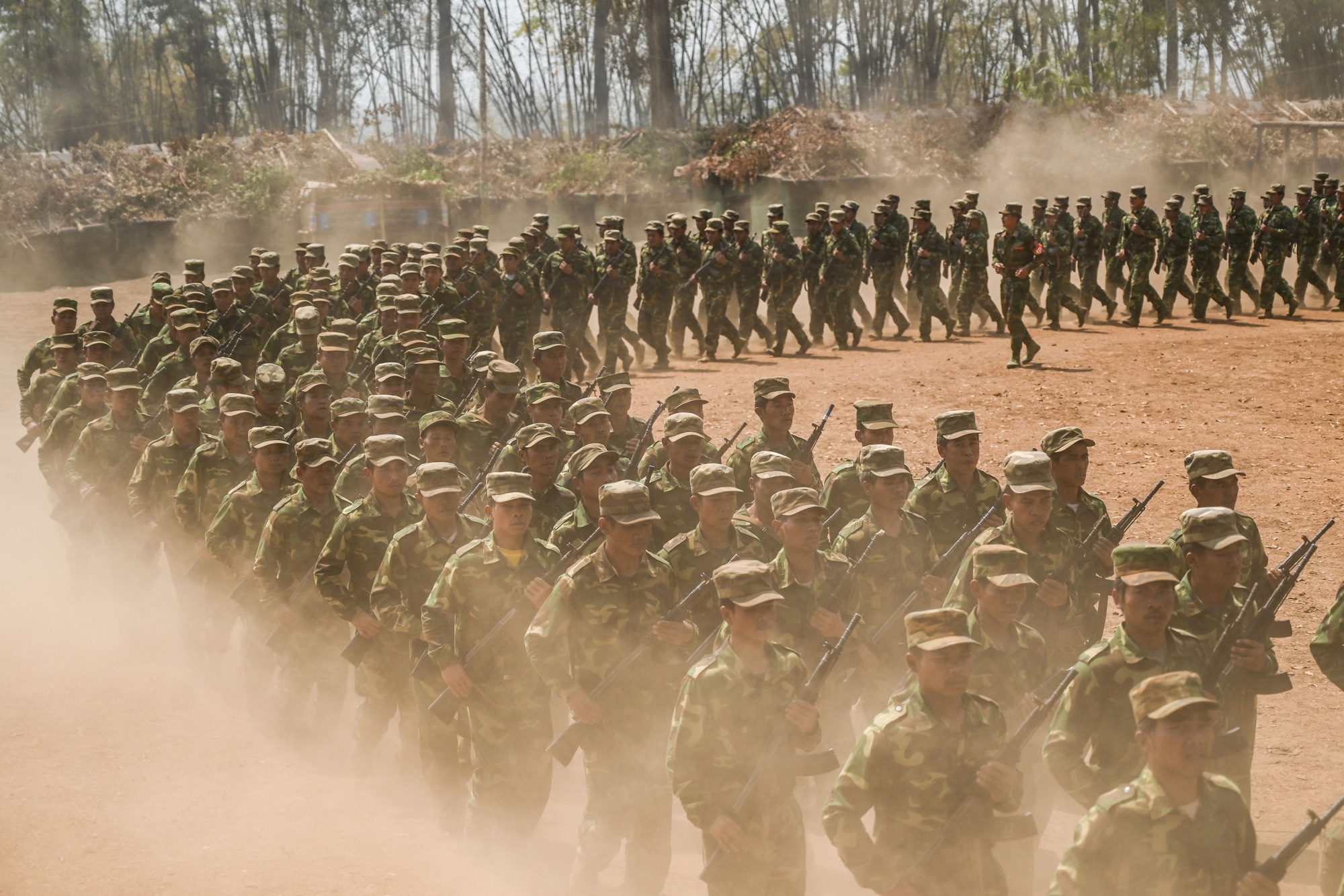
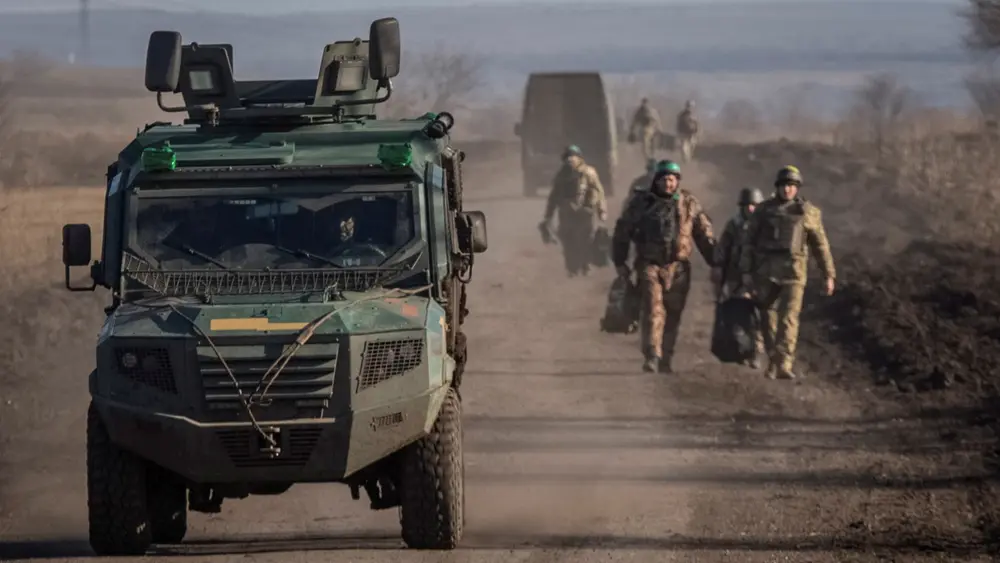
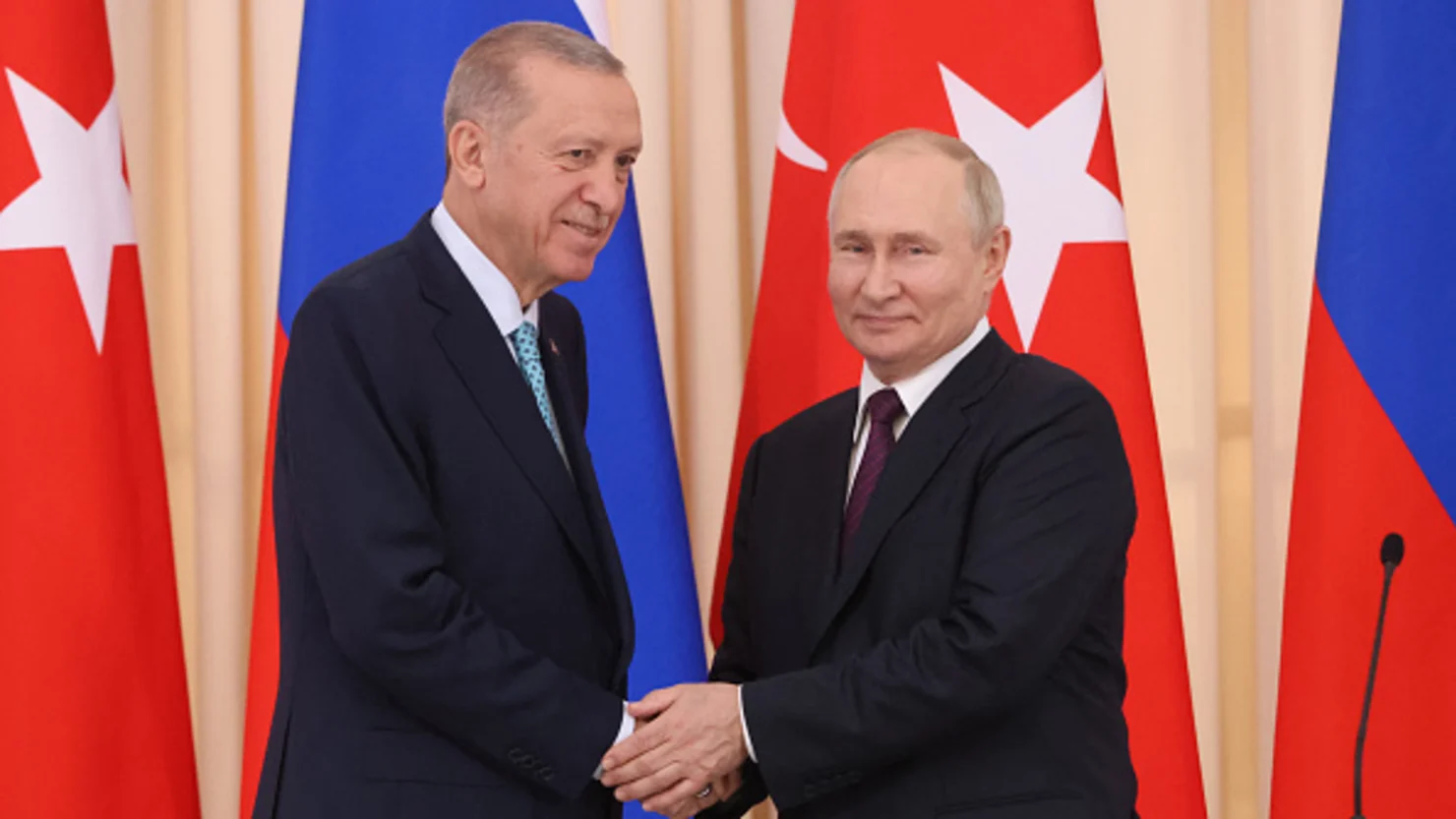
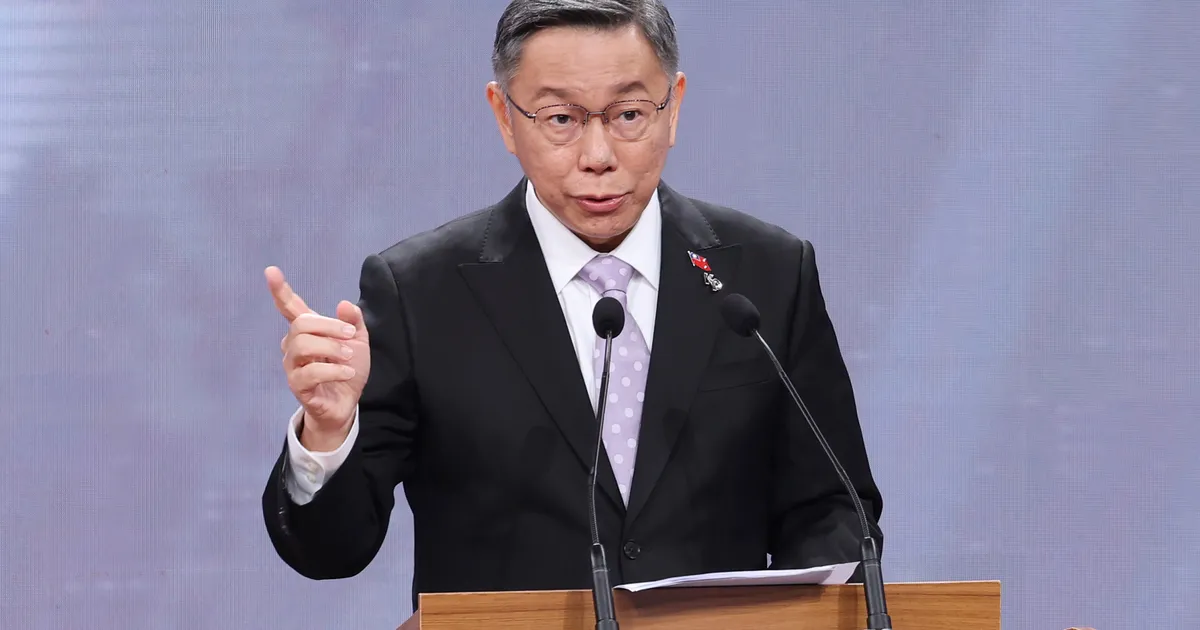


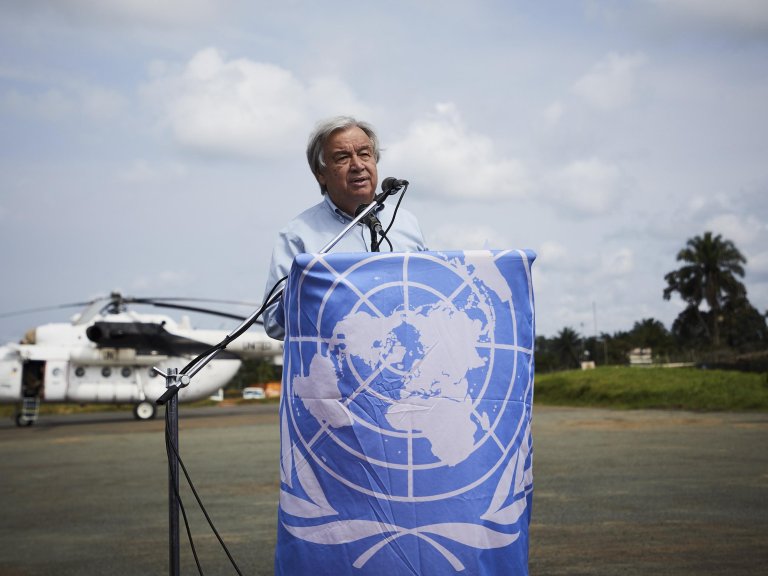
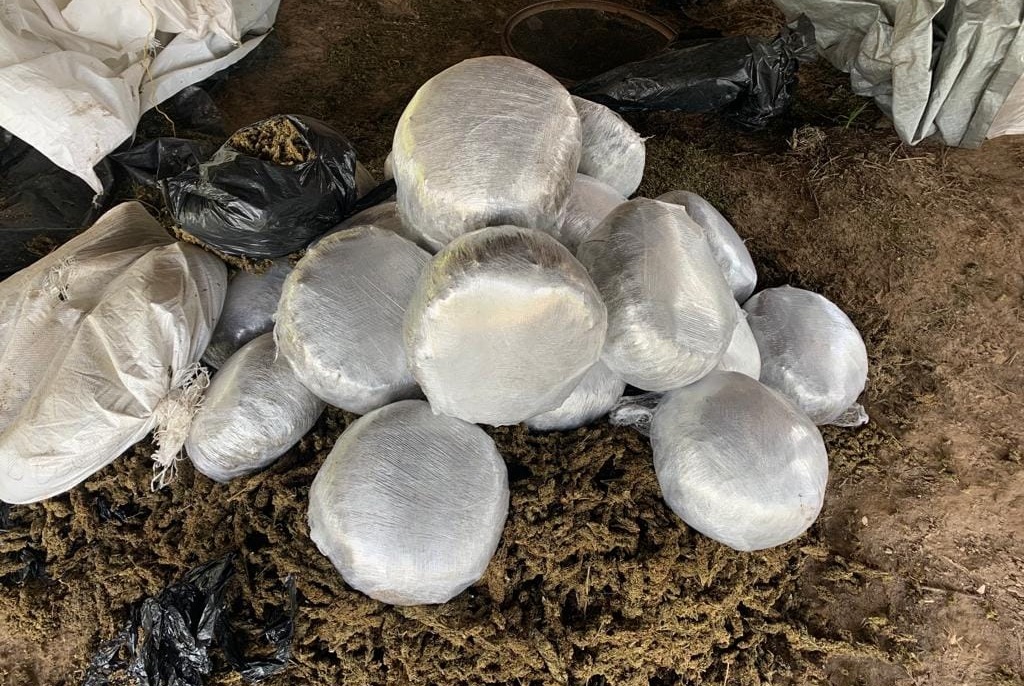
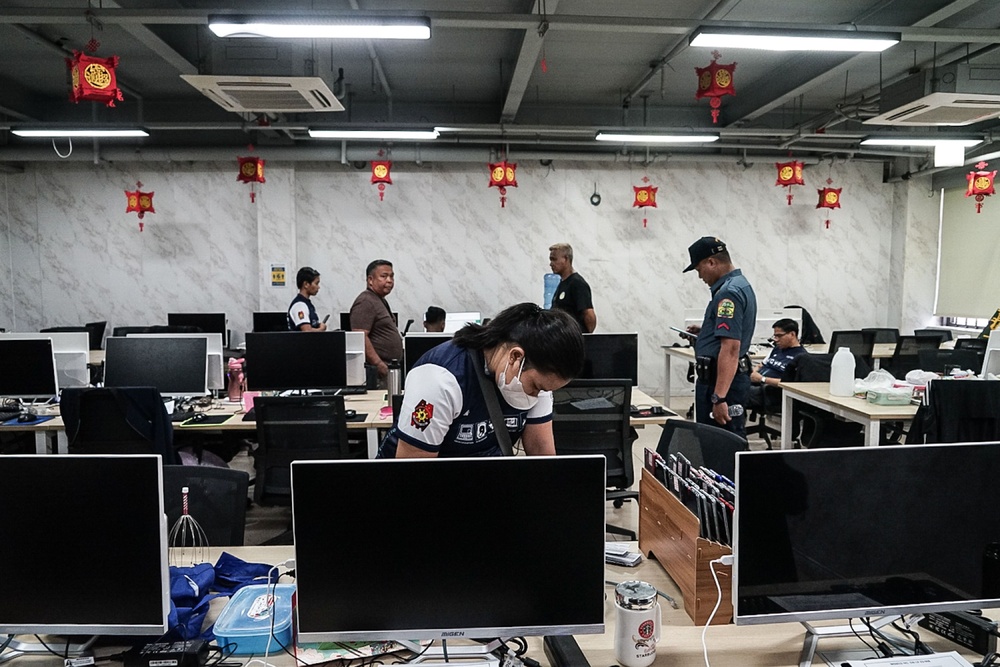
Trackbacks and Pingbacks